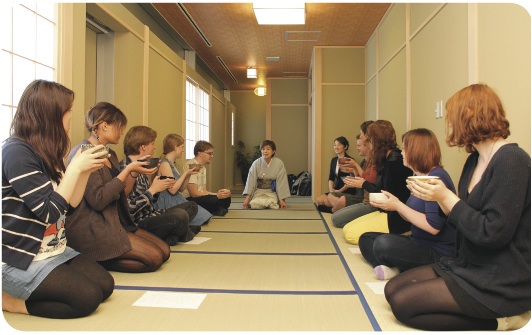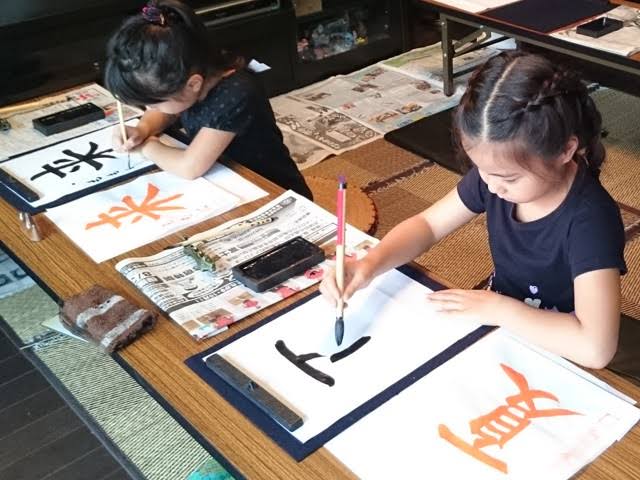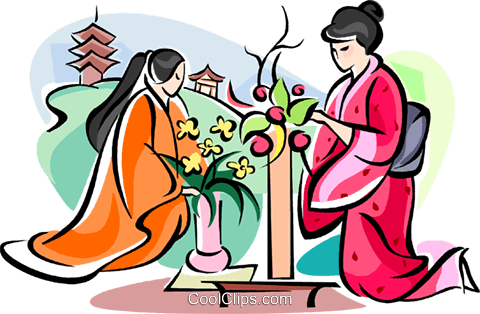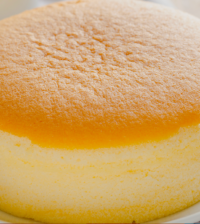- Belgium comes to Yamashita Park
- Residential Villa in Phuket Entices Remote Workers With Long-Stay Rates
- Rare pieces of French glass art at the Mirai Museum of Art
- Feast on fresh fish and seafood at the 2024 ‘Sakana’ Festival
- Would you like to ride in a Louis Vuitton gondola lift?
- Naked Snow Aquarium
- Festive lights at Yomiuriland will get you feeling the holiday vibes
Tea and the arts in Japan
Tea was first brought to Japan by buddhist monks, back from studies in China. A first attempt occurred in the ninth century, but it was Eisai (1141-1215), the founder of zen, that really settled the culture of tea in the archipelago. Tea became an important element of religious rituals before spreading to laic populations. The powerful and wealthy enjoyed drinking tea during endless banquets, and held extravagant competitions where players had to distinguish honcha (“real” teas, issued from the seeds brought by Eisai) from hicha (other “false” teas). The winners received valuable ceramics from China, much appreciated at that time of flamboyance and decadence (basara).
In the fifteenth century, tea drinking shifted from a showy entertainment to an esthetical and spiritual practice, imbued with zen concepts. The chanoyu ritual (literally “hot water for tea”) became a fugitive instant of communion between the tea master and his guests, between nature and men, also uniting multiple forms of arts and crafts in the small space of the chashitsu (tearoom): architecture, ceramic, lacquer, bamboo, metal…
Chanoyu embodies the concepts of wabi-sabi, a sensibility to the effects of time and to the impermanence of the world, a melancholic taste for rusticity and imperfection. Chanoyu is a form of meditation, whose subject is determined by the painting or calligraphy placed by the tea master in the tokonoma. Each object is carefully selected by the tea master, and offered to the appreciation of the guests. The most renowned bowls are those of the Raku family, and some pieces created several centuries ago are still in use, linking past and present.
In the seventeenth century, while Japan was closed to the outside world, some audacious scholars opted for tôcha (“Chinese tea”), a green tea prepared by brewing leaves in a teapot. They developed a new ritual, using mostly Chinese ceramics. Called senchadô, this new way of tea, born as a reaction against the excessive codification of chanoyu, would ironically also become more rigid with time.
Interestingly, sadô (the way of tea), which was at first purely masculine, is now mostly a social feminine activity, a school of good manners for accomplished young women. Chanoyu has widely spread into society, and is also taught in schools or companies, offering a soothing moment for stressed employees, a better mastering of self-control, a reconnection to Japanese tradition …
Yet, even if many students of chanoyu fail to fully grasp its spiritual content, if tea drinking in general has become a standard element of Japanese everyday life, tea remains a highly regarded cultural treasure in Japan. Sadô still counts numerous devoted followers, religious or laics. Great artisans and artists create tools for tea preparation and drinking, the construction of chashitsu inspire architects. Many urban tearooms also present art exhibitions, thus proving once more than the paths of tea often mingle for the best with art and spirituality.
Japanese calligraphy dates back to 500 A.D. when it was first introduced to Japan. Although it has Chinese origins, there is a striking difference between Chinese and Japanese brush strokes. It is said that in calligraphy, the skillful control of the brush and fluidity depends on the clarity of mind as proven by Buddhist monks who are calligraphers. Aside therefore from its aesthetic appeal as an art, it also offers the student a way to relax in Zen fashion.
Bonsai is a miniature plant in trays that hold an appeal different from the usual potted plants. “Bon” refers to the tray and “sai” is the plant. Bonsai growing has been around for over a thousand years and is typically present in most Japanese houses and offices for the viewer to appreciate and for the grower to take pleasure in the fruit of his labor.
This famous Japanese art of flower arrangement has something more to it than an expression. From a spiritual angle, the merging of the parts of plants like stems, stalks, leaves, flowers harmonizing with shape, line, and form, creates a distinct feeling of balance. Fundamentally, the art of Ikebana teaches the individual to embrace the virtue of patience and tolerance including an appreciation for beauty in many forms.



















